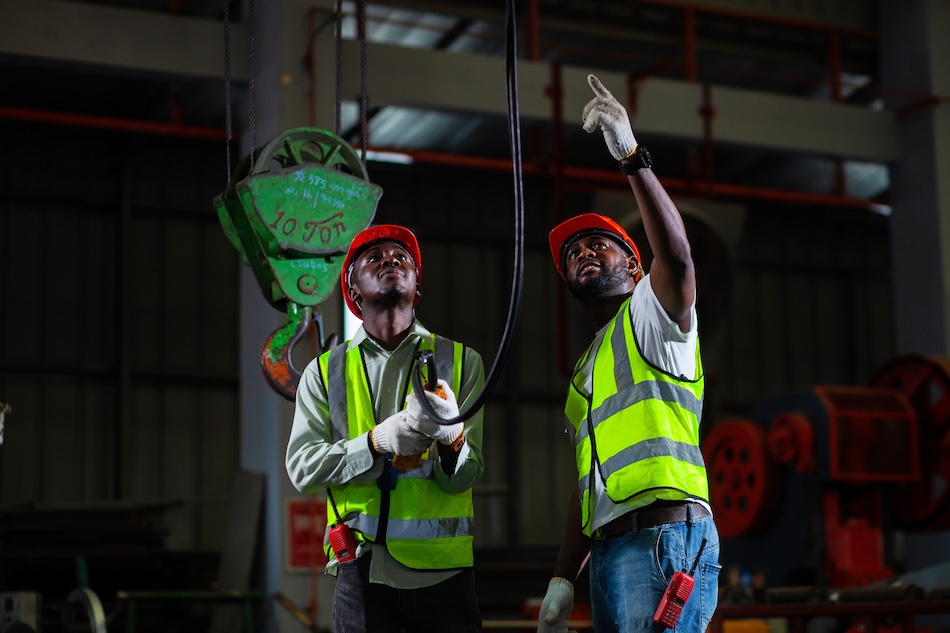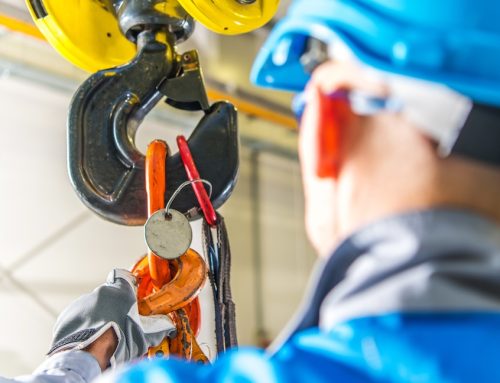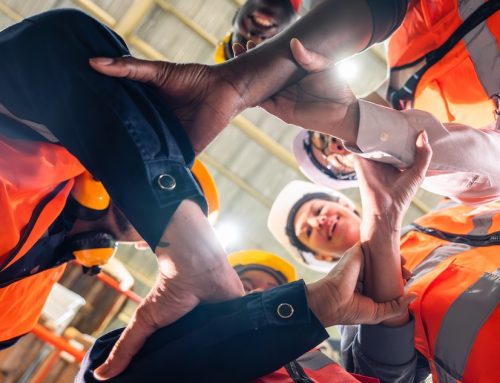How to Ensure Heavy Equipment Lifting Safety Standards
Lifting and moving heavy equipment is part of everyday operations in industries like manufacturing, construction, warehousing, and logistics. But when you’re lifting heavy objects, the stakes are high. One mistake can lead to damaged equipment, costly delays, or worse—injury to your crew.
That’s why every job must follow strict heavy equipment lifting safety standards. These safety practices are not only required by law but also critical to keeping people safe and protecting valuable machinery. In this guide, we’ll break down how to implement safe lifting protocols, train your team effectively, and reduce the risk of injury on every job site.
Why Heavy Equipment Lifting Safety Matters
Lifting a heavy load may seem straightforward, but the forces involved are extreme. A slight miscalculation in weight, balance, or equipment condition can cause tipping, dropped loads, or uncontrolled movement. These incidents put workers at immediate risk and can lead to:
- Injuries and fatalities
- Equipment damage
- Site shutdowns
- Legal liability and fines
Following proper heavy equipment lifting safety procedures is about more than compliance—it’s about creating a culture of safe work where planning, preparation, and communication are part of every lift.
Start with a Lift Plan
Before any heavy lift takes place, it’s essential to develop a comprehensive lift plan. This document serves as a blueprint for the entire operation, specifying the weight and dimensions of the load, identifying safe lifting points, and outlining how to maintain balance throughout the move. It also details the exact equipment and rigging needed, accounts for ground conditions and site access, and highlights potential hazards such as overhead power lines or adverse weather. Just as importantly, the lift plan clearly defines the roles and responsibilities of every team member involved.
Creating this plan in advance is more than just a procedural step—it’s a critical safety measure. It compels the team to anticipate challenges, address logistical concerns, and prevent last-minute improvisation. By thinking through every detail ahead of time, the crew ensures that all tools, gear, and personnel are fully prepared, reducing the risk of accidents and keeping the lift on schedule.
Conduct a Risk Assessment
Every site is different, and so is every lift. Before moving a heavy load, a risk assessment should be performed to identify and eliminate hazards. Questions to ask include:
- Is the ground stable enough to support the lifting equipment?
- Are there blind spots or obstacles nearby?
- Could weather conditions (wind, rain, ice) affect stability?
- Is there adequate space for lifting and maneuvering?
The goal is to minimize the risk of injury by addressing potential problems before the work begins. Any red flags should be resolved before proceeding.
Inspect Lifting Equipment and Gear
A lift is only as safe as the equipment used to carry it out. That’s why every piece of lifting gear—whether it’s a crane, hoist, chain, sling, hook, or spreader bar—must be thoroughly inspected before each use. These inspections are not just routine; they are a vital step in ensuring the safety and success of the entire operation.
During inspection, team members should look for cracks, dents, or bends in any metal components. Synthetic slings must be checked for fraying or tears, and all rigging connections should be examined to confirm they are secure and properly fastened. Any signs of rust, fatigue, or wear are red flags that the equipment may not perform safely under load.
If a piece of gear shows any signs of damage or degradation, it should be immediately removed from service. Taking chances with worn or compromised equipment puts people and property at serious risk. In lifting operations, prevention is always better than reaction—and that starts with meticulous equipment checks.
Use the Right Rigging and Attachments
Many lifting accidents happen because the wrong rigging was used. Every sling, hook, and attachment must be rated for the load’s weight and suited to the material and conditions. For example, padded slings protect delicate surfaces, chain slings work well in high-heat environments, and spreader bars help with long or uneven loads.
Never guess. All rigging should be clearly labeled and rated by the manufacturer to ensure safe, reliable lifting.

Require Personal Protective Equipment (PPE)
Everyone involved in the lift must wear appropriate personal protective equipment, including:
- Hard hats
- Steel-toe boots
- High-visibility vests
- Gloves
- Safety glasses
This protects workers from falling objects, pinched fingers, or being struck by shifting materials. PPE is a critical layer of protection, especially in busy job sites where heavy machinery and people are working side by side.
Establish a Clear Chain of Command
Every lift needs a single person in charge—usually a lift director or supervisor—who has the authority to pause or stop the operation if something’s off. A designated signaler should guide the operator using hand signals or radio communication, while all other team members must understand their roles and stay in their assigned zones. Unauthorized personnel should be kept clear of the lift area. Clear, consistent communication helps ensure the lift runs safely and without confusion.
Monitor and Adjust in Real Time
Even with a perfect plan, conditions can change. Weather may shift, ground may soften, or a load may behave differently than expected. Teams must be trained to adjust in real time and pause the lift if something feels unsafe. If necessary:
- Stop and rebalance the load
- Reposition the crane or lifting equipment
- Wait for better weather
- Reconfirm rigging stability
Rushing through a lift to save time can lead to expensive and dangerous mistakes. It’s always worth taking a step back and reassessing when needed.
Practice Makes Perfect
Lifting safety isn’t something you learn once and forget. Crews should receive regular refresher training on rigging basics, safe lifting techniques, equipment checks, and emergency procedures. Quick toolbox talks or pre-lift briefings can reinforce best practices. Most importantly, create a culture where team members feel confident speaking up if something seems off.
Building a Culture of Safety
Lifting heavy objects will always carry risk—but with the right preparation and mindset, that risk can be managed. The key is to treat safety as a non-negotiable part of every lift. From creating detailed lift plans to enforcing the use of PPE, each step plays a role in building a safer worksite.
At GM Machinery Movers, safety is the standard—not the exception. Whether we’re lifting a single piece of equipment or executing a full-scale relocation, our team follows strict procedures designed to protect your people, your property, and your peace of mind.
Contact us today to learn how we can help you lift, move, and place your equipment with maximum safety and efficiency.



